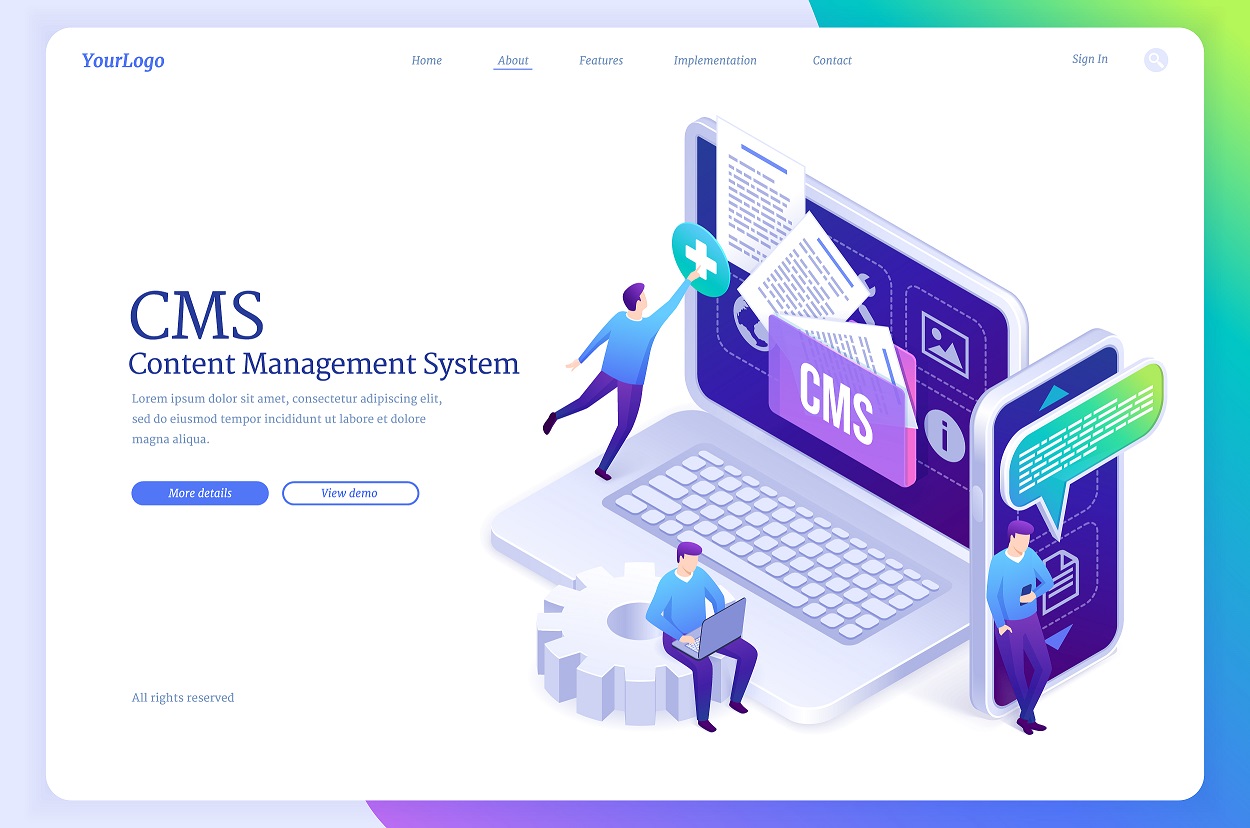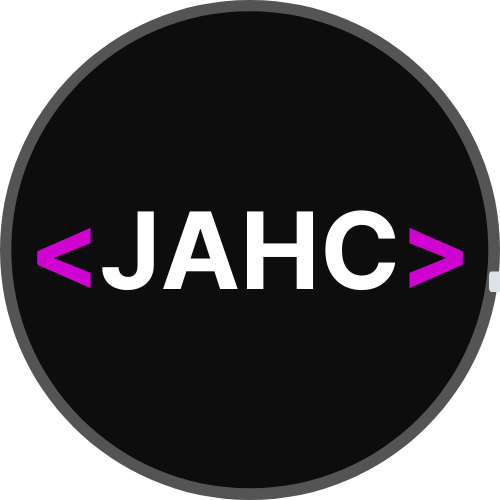

JAHC
Why headless CMS is a better option?
What is Headless CMS?
Aside from having the coolest-sounding name in all of the technology, a headless CMS is a back-end-only content management system. That back-end acts as a content repository for all of the solution’s content that gets distributed to multiple front-end systems.
Headless is a relatively new way of thinking. As the name implies, a headless CMS removes the head. Or rather, it allows for a variety of different heads to distribute the same set of content data to multiple platforms. This is all done via different APIs associated with each front-end platform.
Headless CMS vs Traditional CMS
Traditional CMSs are content management systems built solely for use with web content. The industry standard for years, they functioned as intended and published content to millions of websites. But a traditional CMS has a lot of shortcomings in the modern digital world that a headless CMS doesn’t.
Traditional, or coupled, CMSs are a monolith. Built together, the back-end underpinnings (the body) and front-end experience that users interact with (the head) are on one stack.
Coupled CMS providers cram all the functionality that they think you need into one system. They make assumptions about what and how businesses want to present content to their audiences and create a “one-size-fits-some” solution.
The problem with this approach is that, as we already noted, these solutions are for the web. As mobile apps, IoT systems, bots, and virtual assistants increasingly get thrown into the mix, traditional CMSs simply can’t efficiently deliver content across multiple channels and platforms.
And that’s where headless CMSs shine.
Decoupled CMS
In response to the rise of headless CMS, several traditional CMS providers took an API approach and built them on top of their existing systems. In theory, this allows the CMS to act in either a traditional sense or in a headless manner. But decoupled APIs are still built around a monolithic, single-website infrastructure, so the results aren’t always as promised.
The Advantages of Headless CMS
More Flexibility on the Front-End Sets Your Brand Apart
You want the experience you provide your customers and users to be unique to you. With a traditional content model, that’s not always possible. When you buy or build using a monolith approach, you get handcuffed into using whatever solution you bought or built.
If, for example, you build an e-commerce experience and work with a traditional e-commerce platform, it limits you to the front-end experiences provided. A headless e-commerce solution, on the other hand, gives you more options.
With a headless CMS, you have much more flexibility to provide your users with a custom-built front-end experience that suits your specific needs. Your customers’ experience is custom-built, but the underpinnings are something that somebody else has already spent the time and money to build.
This flexibility is an advantage to the development team as well. Since APIs distribute all of the content in a headless CMS, developers use their preferred front-end tooling to create the experience. , , … pick your favorite and build. And if you find that you want to switch to a different framework down the road, you can do so without compromising your content.
All Your Content in One Place
A headless CMS serves as a repository for all of your content. Images, videos, graphics, copy, data sets… it’s all in one central, easily-editable content hub. This makes the content process more efficient, cost-effective, and easier to manage across multiple channels.
Traditional CMSs ultimately result in a lot of repetitive copy/paste of content from one stack to another that ensures it’s consistent across platforms. Not only does this waste time, it increases the likelihood of error. Managing content in a single hub eliminates that potential for error.
There’s No Need to Reinvent the Wheel
Let’s continue with our e-commerce example from above. For the most part, e-commerce is a solved problem. There are a lot of great e-commerce platforms out there that provide robust functionality. There’s no need to spend the time and resources developing one from the ground up just for your business.
The same logic applies to CMS platforms. There are tons of excellent content management systems that exist. Why build one from scratch when you can just pay a license fee to a CMS provider?
In either case, the place to focus your custom development dollars is on the user experience that sets you apart from your competition. So, when you need content management, simply select a headless CMS, plug into the overall architecture, build a custom front-end, and call on the APIs that the CMS exposes for you.
Headless CMS in Action — PHONIX
Phonix allows anyone to purchase Hardware products. It consists of two separate components: a public-facing e-commerce website and a decoupled content management system (CMS) itself.
Overview of PHONIX e-commerce store
I built the e-commerce site as a app, hosted it on , and integrated it with a headless CMS from . Using this architecture, we guaranteed a pixel-perfect match with the design of the e-commerce site’s overview, Featured Products, Product page, Shopping Cart, Checkout page, and Success page.
This seamlessness is impossible without a headless CMS. It truly unlocks your content from your customer experience and allows you to reuse it much more than ever. In other words, it allows you to work smarter, not harder.
Final Thoughts
A headless CMS differs significantly from the traditional CMS approach and offers a lot of great benefits. Since headless CMSs don’t rely on one content delivery method, they offer a ton of flexibility. They also provide the benefit of keeping all of your content in one centralized content hub.
In our experience, headless CMS helps many clients deliver a consistent content experience to their users no matter where they’re viewing it. Whenever appropriate, we help them find the right headless CMS to use and implement it so that content publishing is a breeze for them in the future.
JAHC
JAHC helps small businesses go digital.